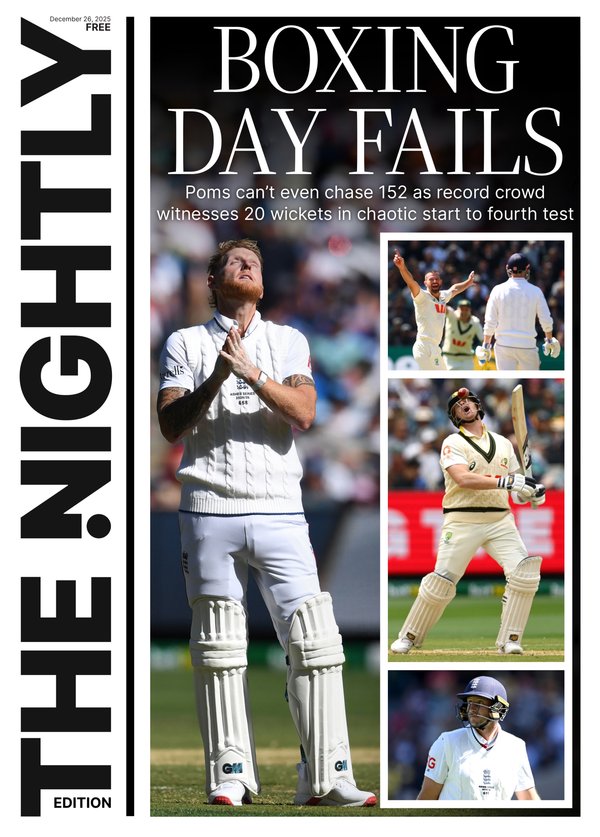Federal election 2025: Liberals question why their campaign did not see the carnage coming
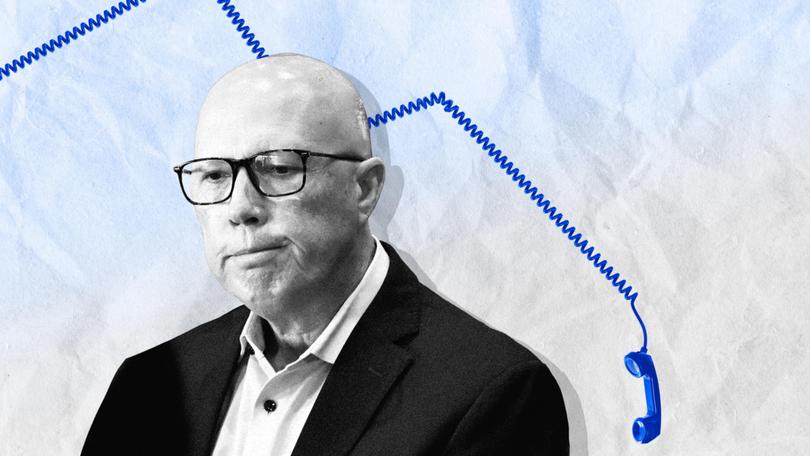
As the Liberal Party headed towards an electoral disaster on Saturday, the small group in charge of Coalition strategy was largely oblivious.
At the start of the five-week campaign they had decided to focus the Liberal Party’s precious polling resources on 15 marginal seats.
Under a plan designed to push the Labor government into minority status, and perhaps even snatch power with crossbench support, the nightly “tracking” polls measuring the campaign’s progress only monitored one Coalition seat. The rest were held by the Labor Party or “teal” independents.
Sign up to The Nightly's newsletters.
Get the first look at the digital newspaper, curated daily stories and breaking headlines delivered to your inbox.
By continuing you agree to our Terms and Privacy Policy.The offensive game strategy largely left leader Peter Dutton and his advisers blind as to what was unfolding across Australia: a fragile economic recovery and global trade war was spooking wavering voters into sticking with the government.
Instead of winning seats, the Coalition suffered a 2.9 per cent swing that will cost it more than a dozen, including many previously considered to be safe.
“They were operating with a numerical delusion,” a senior Liberal source said. “They thought they were a lot more competitive in a lot more seats than they were.”
Compounding the polling problem, Coalition MPs repeatedly warned of the danger of a minority Labor government being forced to rely on Greens support. The cautions probably convinced some Green-leaning voters to support Labor, Liberal Party figures said, explaining why the far-left party may lose three of its four lower-house seats to the Labor Party.
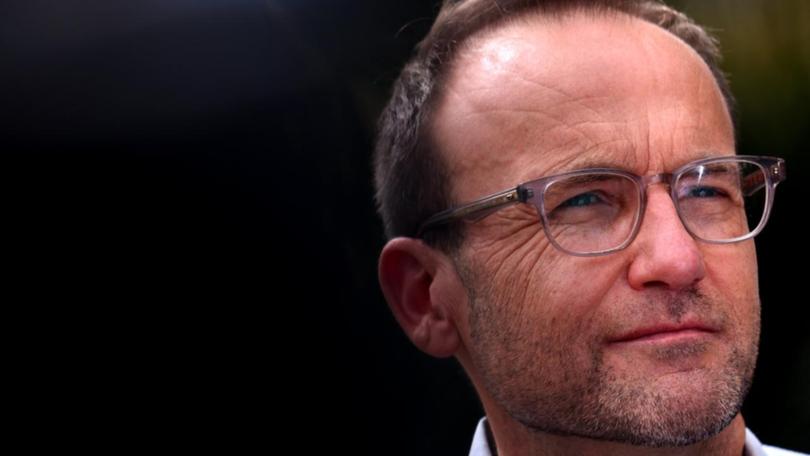
Hunter to hunted
Liberal MPs said they were never warned their seats were under threat. Instead, they were directed into hostile Labor territory.
In New South Wales, the Liberal Party wasted sparse campaign resources on Labor seats in Western Sydney, including Whitlam, Robertson on the Central Coast and Eden-Monaro on the South Coast. Senator Andrew Bragg, who was on the top of the ticket in NSW, campaigned in Werriwa, a seat based around the Sydney suburb Liverpool that has never voted Liberal in its 63 years of existence. None changed hands.
Meanwhile, the party failed to defend the two Sydney seats it lost, Hughes and Banks, the latter of which was held by David Coleman, the opposition’s spokesman for foreign affairs.
In Victoria, the Liberal Party concentrated resources in Aston, on Melbourne’s outskirts, and Chisholm in the city’s Chinese-dominated eastern suburbs. Both swung to the Labor Party. In South Australia the party tried to win Boothby and lost Sturt.
Nationally, the biggest upset was in Mr Dutton’s electorate of Dickson, where Liberal Party research at the start of the campaign estimated that he was ahead by ten percentage points, according to two party figures. An 8 per cent swing from the 2022 election made Mr Dutton the first opposition leader to lose his seat.
“The assumption was that we would hold everything we had and so we put resources into seats we didn’t have,” one Liberal MP said. “There has definitely been a failure in research data analytics.“
Allocating blame
Who is to blame for the polling is in dispute. Some party figures criticised pollster Freshwater Strategy, the Sydney firm which broke off in 2022 from the Liberal Party’s previous, long-term pollster, C|T Group, also known as Crosby Textor.
Freshwater should have detected the electorate was turning against the Coalition and alerted Mr Dutton and his advisers that they were heading into a disaster, the critics said.
Others said the criticism was unfair. Freshwater was told to track Labor-held seats under a strategy set by Mr Dutton’s office, they said.
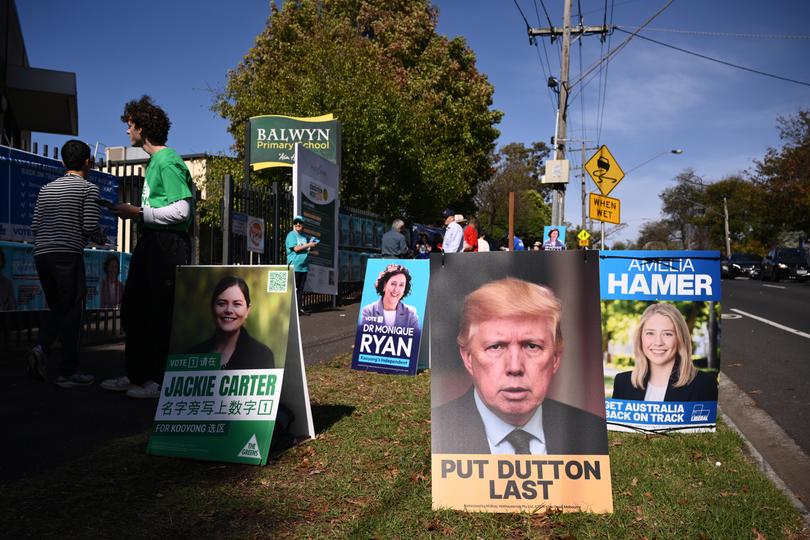
The Coalition stopped conducting polls last Wednesday, when it became too late to change advertising slots before an ad blackout. Most of the anti-Coalition swing occurred in the final two days of the election, one campaign source said, when hundreds of thousands voters who had not previously made up their minds decided to vote Labor.
“The late vote against us was vicious,” said one person who had access to the Coalition’s daily poll data. “That was biggest discrepancy in the polling.”
The poll blackout may have meant Mr Dutton had little warning that he was about to lose his seat. On Friday he predicted “a 2019 situation,” a reference to the election the Coalition narrowly won and which most commentators expected to lose.
The Labor Party told donors on April 9 its research had found “Peter Dutton’s seat is closer than we originally thought”, a claim dismissed as propaganda at the time.
Mr Dutton, who became wealthy building and selling houses with his father, privately expressed relief at his forced departure from politics, according to one person who knows him. He is glad his wife Kirilly and three children will no longer be subjected to public scrutiny, the person said.
Next steps
The Liberal Party will now elect a new leader and conduct a formal review of what went wrong. Some Liberals worry the MPs left will not realise it needs to fundamentally change. Essentially, they want Liberals from the outer-suburbs and country towns to allow the party to be less conservative.
A former Liberal senator, Simon Birmingham, called for “a reshaping of the party to connect it with the modern Australian community”. “Based on who’s not voting Liberal, it must start with women,” he wrote on LinkedIn. “Based on where they’re not voting Liberal, it must focus on metropolitan Australia.”
On the right of the party, some argue it should have gone further. Sky News presenter Peta Credlin said on election night the Coalition should have fought what is known as the “culture wars” by opposing transgender women who play women’s sports.
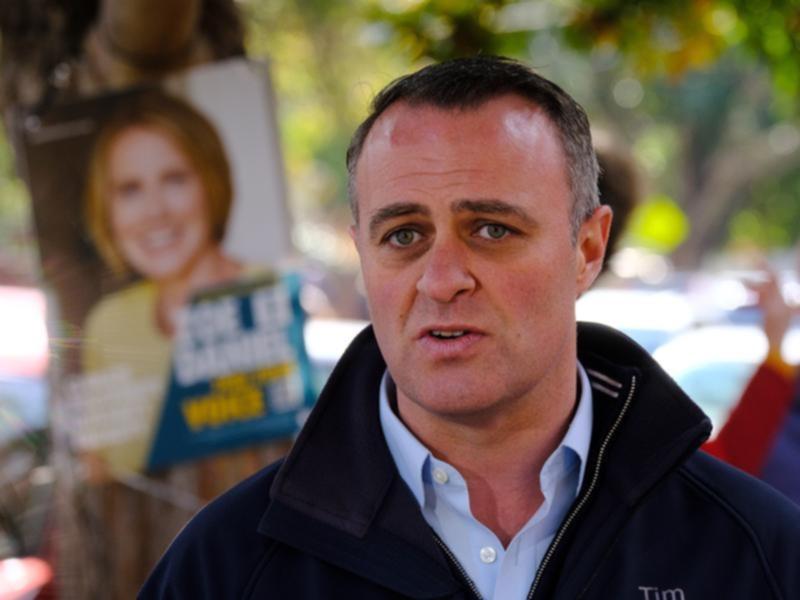
The leadership contest looks like a battle between not only the two wings of the party, but its philosophical direction. The candidates will have to explain in detail where the party went wrong and how they propose to fix it, one backbencher said.
“If they just said the campaign went badly and Dutton was unexciting, that’s not enough,” he said. “This is a much more profound rejection. I think whoever hopes to lead the party needs to offer a diagnosis and bold strategy.”
Likely candidate Angus Taylor is a conservative. Sussan Ley is a supporter of the Palestinian cause. Dan Tehan’s ideology is unclear, but is assumed as a Victorian to be a centrist.
On Monday a former president of the NSW Liberal Party, Jason Falinski, suggested a candidate from left field: Tim Wilson, who may win back the Melbourne seat of Goldstein from independent Zoe Daniel.
The 45-year-old Mr Wilson, who is married, would be the first openly gay leader of a major Australian political party. He was a parliamentary secretary for energy for the last seven months of the Morrison government.
“We are now locked out of almost every major city in Australia,” Mr Falinski, who was also a federal MP, said on the Beyond Politics podcast. “So Tim Wilson at this election is the one person who demonstrated that there is a pathway for the Liberal Party to appeal to those tribes.”


